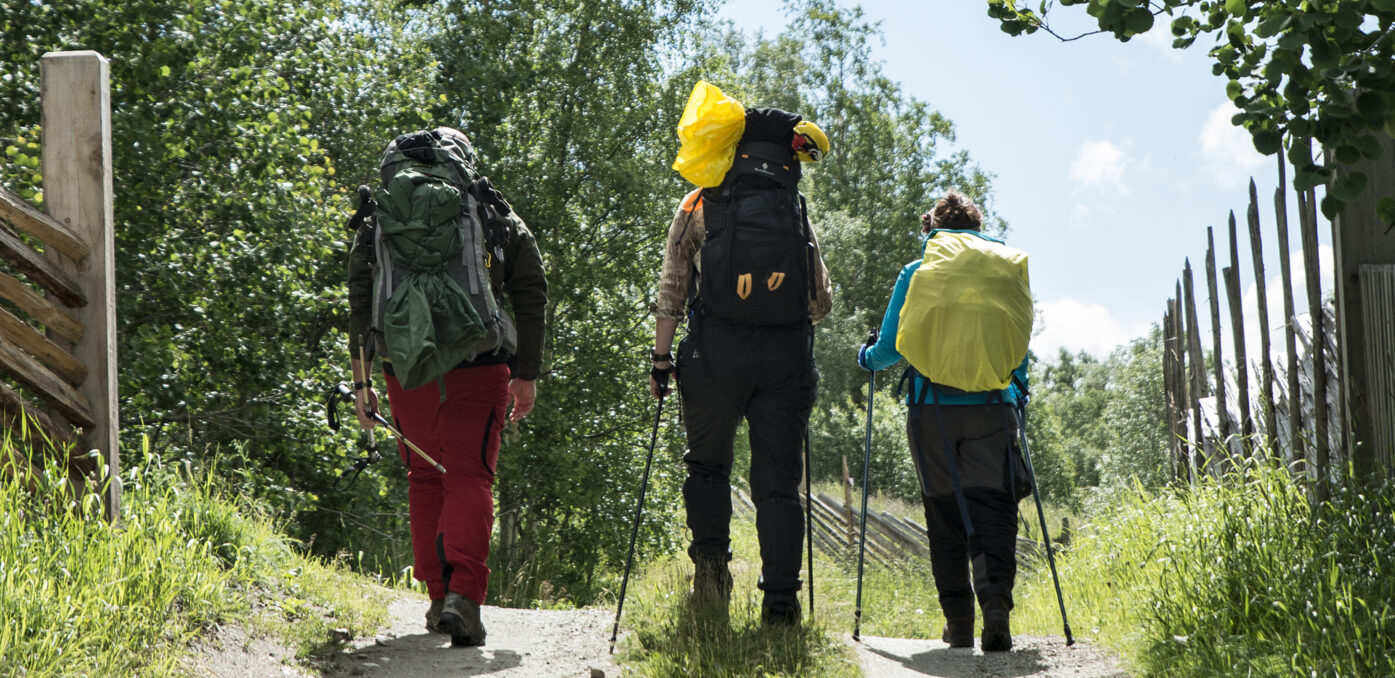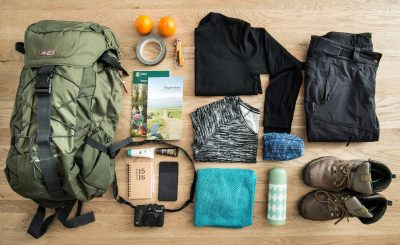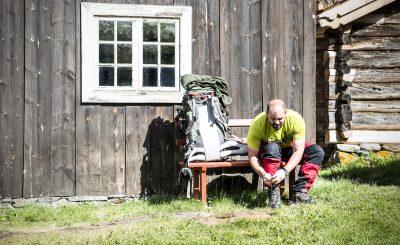Your first pilgrimage? This is what you need to know.
Here you'll find answers to the most common questions about the pilgrim trails in Norway.

In the Middle Ages, most pilgrimages were religiously motivated. Today, some people come for the grand nature, some seek slow travel, and some are primarily interested in the history and the people they meet along the way.
The pilgrim trails in Norway are open for everyone, but if you plan a long walk it requires that you are in sufficient physical condition and comfortable with being in the wilderness.
You can go to Norway by plane, train, bus, car, or even by ship. We encourage you to choose sustainable options when possible.
Oslo central station is in walking distance to the starting point of Gudbrandsdalsleden, the most popular pilgrim path in Norway. You can reach Oslo by train from Copenhagen, Stockholm or Gothenburg, or by plane from most big cities in Europe.
If you plan to end your pilgrimage in Trondheim, there is various ways to travel back home. You can take the train from Trondheim to the capital Oslo, to northern Norway, or Sweden. Trondheim Airport has direct flights to many big cities in Europe. Also, Hurtigruten and other cruise ships make stops in Trondheim.
Use the travel planner Entur to see public transport options within Norway.
You can choose how far you want to walk. There are nine different pilgrim paths in Norway, and you can choose witch path you want to follow, where you want to start, and for how long you want to walk. It is common to walk about 20 kilometers each day.
Gudbrandsdalsleden is the most popular trail, it is 643 kilometers long. It takes approximately 32 days to complete the whole route, but many choose to walk just a part of it.
If you walk the last hundred kilometers to Trondheim and Nidaros Cathedral, you can recieve the Olav Letter.
The main season for pilgrimage in Norway is in the summer between 1st June and 1st September.
Routes that cross mountains have a shorter season due to snow and snowmelt, and the accommodations may be closed (for example, Dovre mountain on Gudbrandsdalsleden is not safe to cross before mid June). On other routes, some sections are accessible and have open accommodations also in spring and autumn. Find out more in the pages about each individual trail.
You can also check with the regional pilgrim center for the area you plan to walk in, they can tell you what time of year it is recommended to walk, and how the current conditions are.
It's also important to check the weather forecast along the way.
No, the trails are free to use and open to everyone. They are mostly part of existing roads and trails. The prices of accommodation and meals along the way will vary; You can choose to sleep and eat at luxurious places, or find cheaper accommodation in hostels or campsites. Several places along the path have discounts for pilgrims.
Most pilgrims bring a pilgrim passport to document their journey by collecting stamps at accommodations and churches along the way.
When planning, keep in mind that the weather will change during your trip, and that you will most likely walk on both forest trails and asphalt. Some routes also cross mountains.
Here you'll find advice about preparations and what to pack.
Also, read up on safety on the pilgrim paths in advance.
The most popular trails are well marked with signs. Additionally, we recommend using our digital map. Click on the position marker to see where you are on the route in real time.
It is advisable to bring a GPS if you're walking through remote areas with poor coverage. You can find GPX tracks at the bottom of the pages about each individual trail.
If crossing mountains, you should bring a physical map where the pilgrim trail is marked, and a compass. You can find a list of maps that can be bought online at the bottom of the page about preparations.
There are also guidebooks about the Norwegian pilgrim paths. Be aware that information in older guidebooks may be outdated.
No, you can go by boat along Kystpilegrimsleia (the Coastal Pilgrim Route) from the city of Egersund to Trondheim.
Also, on some routes, including St. Olavsleden, it is possible to cycle or ride on sertain sections.
Yes, now and then package tours or other organized activities are offered on the various pilgrim routes. See our list of organized trips.
You can also contact one of the regional pilgrim centers and ask for information about organized tours.
Yes, you can bring a dog. There is a general leash requirement from April to August in Norway - and be aware that the trails go through pastures with grazing animals. Cows will easily feel threatened by a dog and may start to chase it.
Ask the accommodation in advance if you wish to have a dog in the room (many have dedicated dog rooms available).
If you have questions about a spesific norwegian pilgrim path, try the FAQ-section about Gudbrandsdalsleden, St. Olavsleden, Borgleden, Romboleden or Kystpilegrimsleia – Or contact the closest regional pilgrim center.

